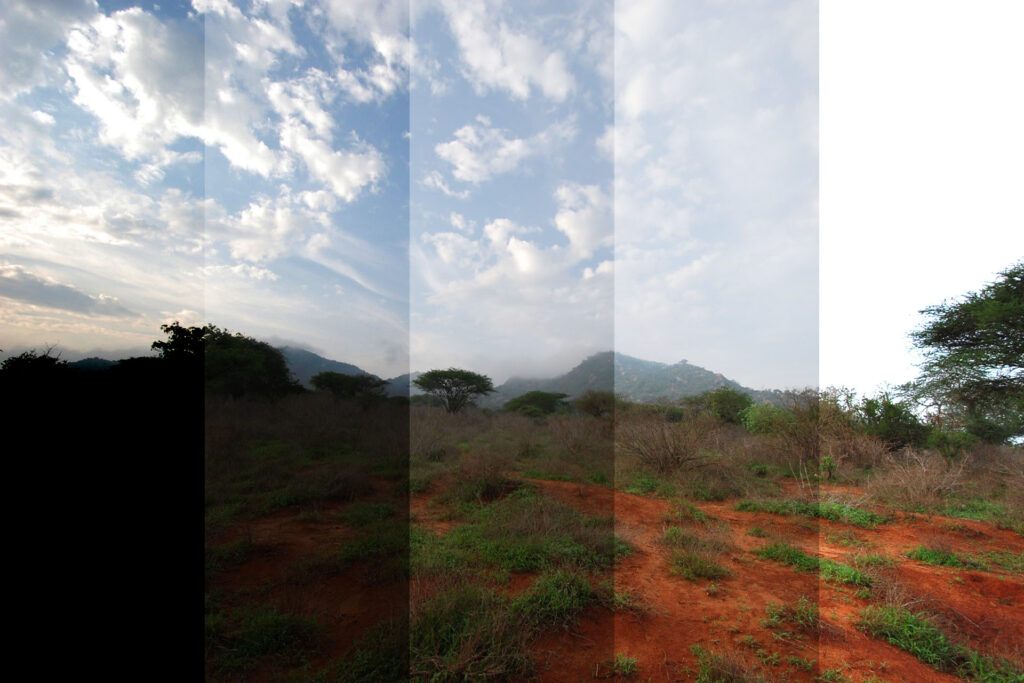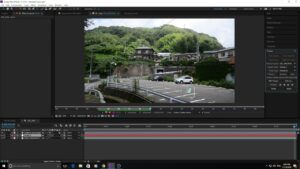The Artistic Alchemy: A Comprehensive Exploration of the Overlay Blend Mode in Photoshop

Introduction:
Adobe Photoshop, a cornerstone of digital image manipulation, offers a treasure trove of tools and features that empower artists and designers to push the boundaries of creativity. Among these tools, the Overlay Blend Mode stands out as a versatile and dynamic option that can transform the way layers interact in a composition. This comprehensive guide delves deep into the Overlay Blend Mode in Photoshop, unraveling its intricacies, showcasing its applications, and providing hands-on insights to help you harness its creative potential.
Section 1: Understanding Blend Modes in Photoshop
1.1 Blend Modes Unveiled: Before diving into the specifics of Overlay, it’s crucial to grasp the fundamental concept of Blend Modes in Photoshop. Explore how these modes redefine the relationship between layers, influencing the way colors, tones, and textures combine to shape the final image.
1.2 Blend Mode Categories: Familiarize yourself with the categorization of Blend Modes into groups such as Normal, Darken, Lighten, Contrast, and Comparative. Understanding these categories provides a roadmap for navigating the diverse functionalities of Blend Modes within the Photoshop ecosystem.
Section 2: The Essence of Overlay Blend Mode
2.1 How Overlay Works: Delve into the mechanics of the Overlay Blend Mode. Understand how Overlay combines elements of both Multiply and Screen, creating a blend that enhances contrast, deepens colors, and introduces a touch of drama to the composition.
2.2 The Role of Grayscale Values: Gain insights into the importance of grayscale values in the Overlay Blend Mode. Learn how the interaction between grayscale values of the base and blend layers determines the overall impact, creating a nuanced and visually captivating result.
Section 3: Practical Applications of Overlay Blend Mode
3.1 Contrast Enhancement: Witness the transformative effect of Overlay in enhancing contrast within an image. Explore techniques for selectively applying Overlay to specific areas, intensifying highlights and shadows to create a striking visual impact.
3.2 Color Boost and Saturation: Dive into hands-on examples of using Overlay to boost colors and saturation. Discover how this Blend Mode can breathe vibrancy into a composition, elevating the richness and intensity of hues for a visually appealing outcome.
Section 4: Advanced Techniques with Overlay Blend Mode
4.1 Texturing and Detail Enhancement: Explore the creative possibilities of overlaying textures and enhancing details using Overlay. Learn how to integrate intricate textures seamlessly, adding depth and complexity to your compositions.
4.2 Simulating Fog, Mist, and Atmospheric Effects: Delve into advanced techniques for simulating atmospheric effects using Overlay. Uncover how this Blend Mode can mimic the subtleties of fog, mist, or other ethereal elements, contributing to a captivating and immersive visual narrative.
Section 5: Incorporating Overlay Blend Mode in Design
5.1 Digital Painting and Illustration: Witness the dynamic application of Overlay in digital painting and illustration. Explore how artists use this Blend Mode to add texture, depth, and dynamic lighting effects, enriching their creations with a touch of artistic flair.
5.2 Graphic Design and Photo Manipulation: Learn how Overlay is harnessed in graphic design for photo manipulation and blending images seamlessly. Understand its role in creating visually cohesive designs by overlaying elements with varying transparency and intensity.
Section 6: Tips and Best Practices
6.1 Experiment with Opacity: Understand the significance of experimenting with opacity settings when using Overlay. Adjusting opacity allows for subtlety in blending, enabling you to find the perfect balance that suits your artistic vision.
6.2 Selective Application for Precision: Explore the power of selective application when using Overlay. Understand how to use masks or selection tools to apply Overlay to specific areas, providing precision and control over the visual impact of the blend.
Conclusion:
In conclusion, the Overlay Blend Mode in Photoshop emerges as a dynamic and artistic tool that can elevate your digital artwork to new heights. This comprehensive guide has equipped you with a thorough understanding of Overlay, from its fundamental mechanics to advanced applications. As you embark on your creative journey, experiment, embrace the versatility of Overlay, and let its artistic alchemy breathe life into your digital compositions, adding contrast, vibrancy, and a touch of magic to every visual narrative.




